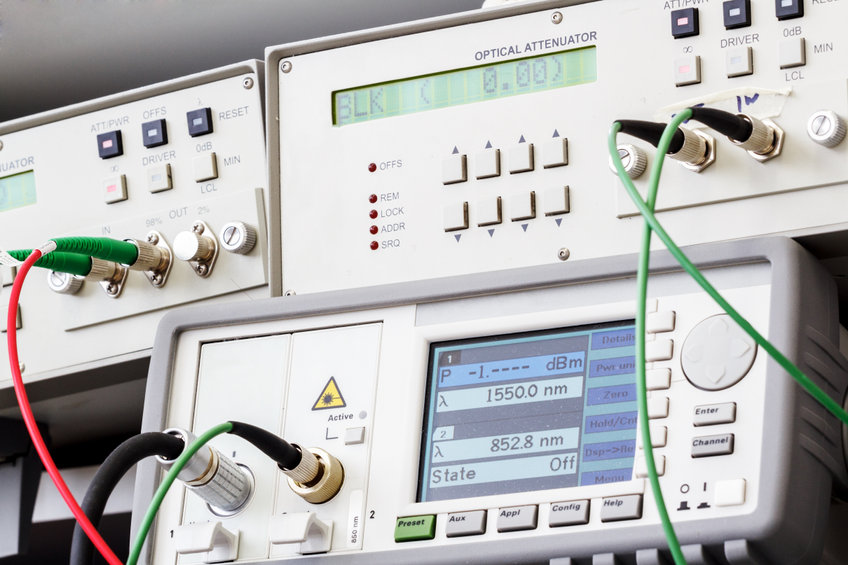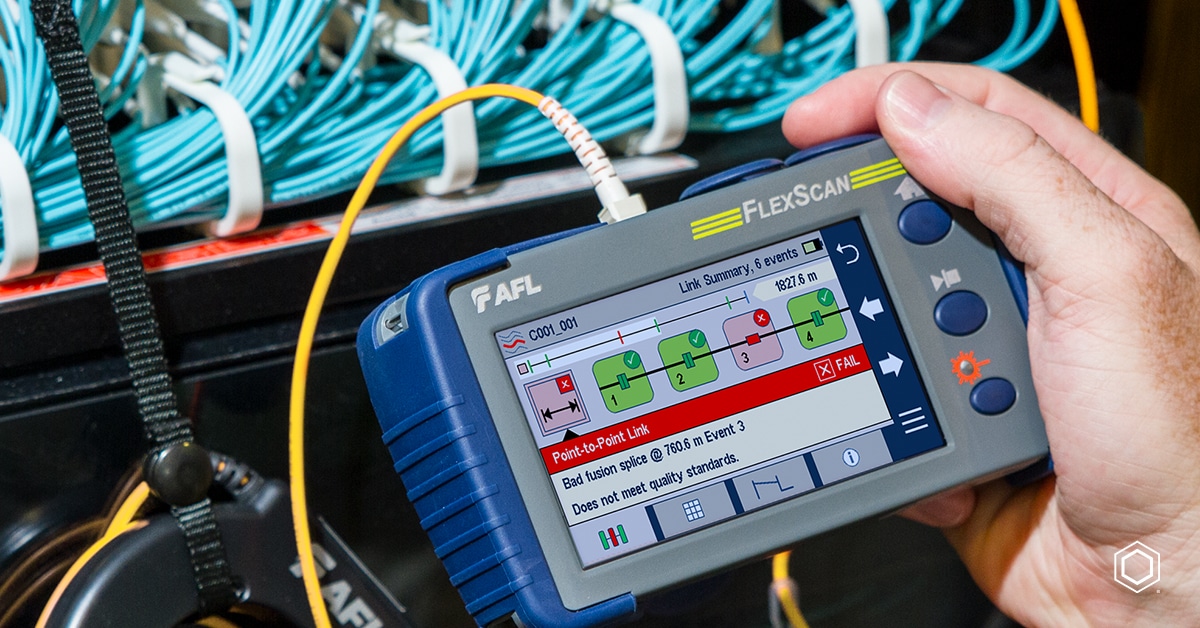Next-gen robotic vision technologies improve automation and precision.
Wiki Article
The Function of Optical Fibre Testing in Ensuring Quality and Efficiency in Connectivity Solutions
In today's swiftly developing electronic landscape, the significance of optical fiber testing can not be overemphasized, as it serves as a keystone for guaranteeing the top quality and efficiency of connection solutions. As modern technology continues to breakthrough, the future of optical fibre testing postures interesting obstacles and opportunities that merit closer exam.Significance of Optical Fiber Testing
The significance of optical fiber screening can not be overstated in making sure the honesty and performance of interaction networks. As the foundation of modern telecommunications, optical fibers promote high-speed data transmission, making their dependability critical to functional success. Testing acts as an aggressive action to identify potential problems such as signal loss, depletion, and physical damages, which can compromise network efficiency.Regular testing enables the verification of setup top quality and the discovery of issues that could impact data integrity - robotic vision. By utilizing extensive testing procedures, network operators can alleviate the risks connected with network failings, including downtime and monetary losses. Moreover, optical fiber testing guarantees conformity with sector criteria and guidelines, improving the general high quality of service offered to end-users.
Ultimately, the systematic assessment of optical fibers adds to the durability and effectiveness of communication systems. It enables stakeholders to make enlightened choices relating to maintenance, upgrades, and troubleshooting. In a landscape where data is significantly crucial, prioritizing optical fibre testing is necessary to maintaining robust and effective connection options, thus supporting the demands of modern digital environments.
Kinds Of Optical Fibre Examinations
Different screening approaches are employed to make sure the performance and integrity of optical fibres within interaction networks. These examinations can be generally categorized right into two main kinds: setup tests and upkeep tests.Installment tests are performed quickly after the setup of optical fiber cable televisions to verify their performance and honesty - robotic vision. One of the most common installment tests include Optical Time-Domain Reflectometry (OTDR) examinations, which assess the quality of the fiber by identifying faults or breaks, and end-to-end loss examinations, which measure the overall optical loss from one end of the fiber to the other
Maintenance examinations, on the other hand, are executed regularly to make certain ongoing performance and identify potential problems with time. These consist of visual assessment, which look for physical damages or incorrect setups, and connection tests, which confirm that the signal can pass with the fibre without disruption.
In addition, progressed tests such as Polarization Mode Dispersion (PMD) and Chromatic Dispersion (CD) tests can be performed to review the fiber's performance under different problems. By using these diverse testing methods, service technicians can keep high standards of high quality and integrity in optical fiber networks.
Advantages of Normal Examining
Normal screening of optical fibers plays an important duty in maintaining the overall performance and reliability of communication networks. By conducting regular assessments, companies can make certain that their fiber optic installments fulfill market standards and operate efficiently. This aggressive strategy aids to determine prospective weaknesses and degradation over time, allowing for prompt treatments prior to problems intensify.
Cost-effectiveness is another benefit. By attending to minor concerns early, organizations can prevent the high costs associated with significant repair services or system failures. Routine testing additionally fosters conformity with regulatory demands, ensuring that the network abides by necessary security and efficiency requirements.
Usual Problems Recognized
Identifying typical concerns in optical fibre networks is crucial for maintaining ideal performance and dependability. Different aspects can contribute to interruptions, consisting of physical damage, poor setup techniques, and ecological influences.Physical damage, such as bends, breaks, or abrasions, can substantially degrade signal high quality. Inappropriate installment techniques, including extreme stress or inadequate protecting of cords, might lead to enhanced depletion and loss of connection. In addition, ecological factors such as temperature changes, dampness access, and rodent disturbance can endanger the integrity of the fibre.
Connector issues also frequently develop, with improper placement or contamination bring about raised insertion loss. Splicing mistakes can present considerable signal deterioration if not carried out with precision.

Attending to these typical concerns with regular optical fiber testing not just enhances network dependability yet likewise optimizes total efficiency, ensuring that connectivity services stay durable and effective.
Future Patterns in Evaluating
As the demand for high-speed connectivity remains to rise, the future of optical fibre screening will progressively focus on automation and progressed analytics. The integration of expert system (AI) and maker understanding (ML) in screening processes will certainly enable much more effective data analysis and predictive maintenance, minimizing downtime and enhancing overall network reliability. Automated testing remedies will simplify the examination and qualification of fiber networks, minimizing human mistake and enhancing screening throughput.One more significant trend is the adoption of remote testing technologies. As the release of fibre networks broadens right into remote and underserved locations, remote screening abilities will enable professionals to keep an eye on and detect network problems without physical presence, thereby lowering operational prices and improving response times.
In addition, there will be a change in the direction of even more comprehensive testing standards that encompass not only traditional loss dimensions yet likewise performance metrics such as latency and data transfer application. This alternative method will assist in better network optical fibre diameter analyser management and optimization techniques.
As these trends progress, the optical fibre testing landscape will certainly not just enhance the quality and effectiveness of connection options yet also support the growing intricacies of modern-day communication networks.
Final Thought
To conclude, optical fiber testing functions as a basic part in maintaining the integrity and effectiveness of communication networks. By systematically evaluating different parameters with developed screening methods, possible problems are determined and rectified, making sure optimum efficiency. The ongoing dedication to routine screening not only improves data transmission however likewise aligns with sector standards, promoting integrity in network infrastructures. As innovation progresses, the significance of ingenious testing approaches will certainly remain to expand, further advancing connectivity remedies.Report this wiki page